Phaetus Dragonfly HIC HF Hotend Review: Nozzle with Integrated Heat Break
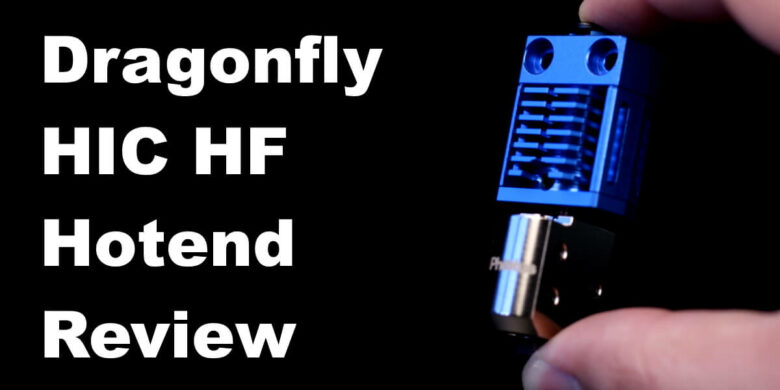
I never used a Phaetus hotend, but after participating to a Twitter giveaway, I was lucky enough to win the Dragonfly HIC HF hotend. In this article I will share my experience with the Dragonfly HIC HF so you can decide if it’s worth the price tag.
Phaetus Dragonfly HIC HF Packaging
The Phaetus Dragonfly HIC HF comes in a small box with a transparent window which displays the hotend. In the package, you get a few spare screws, hex wrenches to help with the installation and a manual. I also like the fact that it includes a silicone sock which fits perfectly on the block.

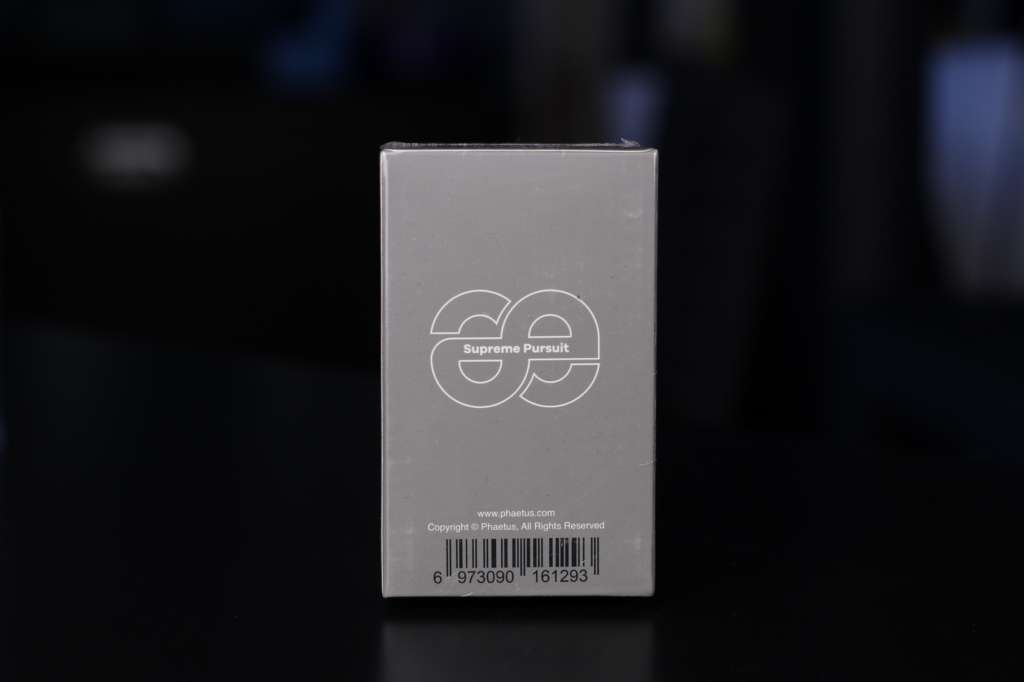

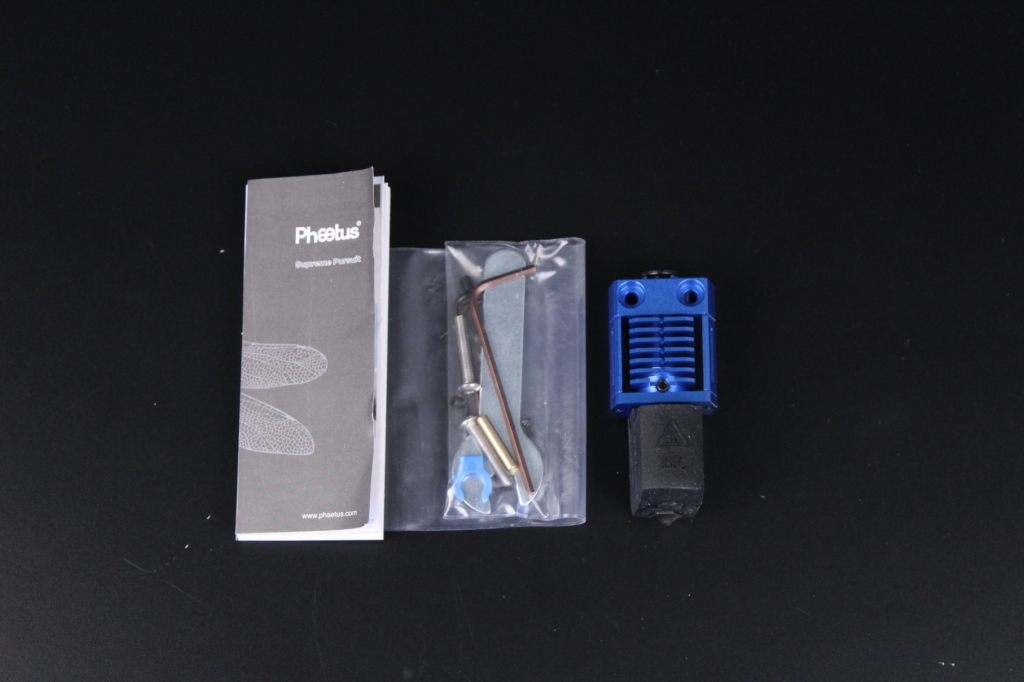
My unit came with a hardened nozzle which is suited for printing abrasive filaments.
Phaetus Dragonfly HIC HF Hotend Design
The Phaetus Dragonfly HIC HF is designed to be a high flow hotend alternative for people who are looking to print fast and push a lot of filament trough the nozzle. This type of hotend is excellent when printing large models with big layer heights at high speeds.
Phaetus Dragonfly HIC HF Specs
Volcano-like design with copper heat block
As you can see, the Dragonfly HIC HF looks somewhat similar to a Volcano hotend when it comes to the heatblock design. We get a large, anodized aluminum radiator with mounting holes compatible with the most common Creality 3D printers.
The radiator has large fins, but it’s quite restrictive in terms of airflow, so if you install the HIC HF on a machine, I recommend orienting the cooling fan to pull air through the fins, instead of pushing. I noticed improved temperatures in this orientation.

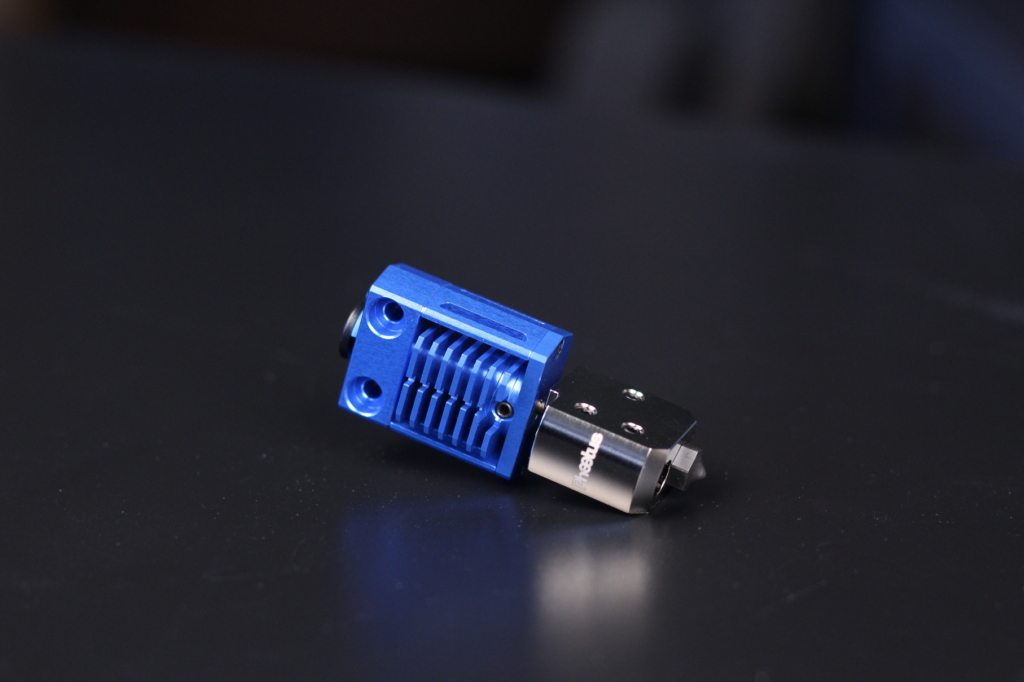
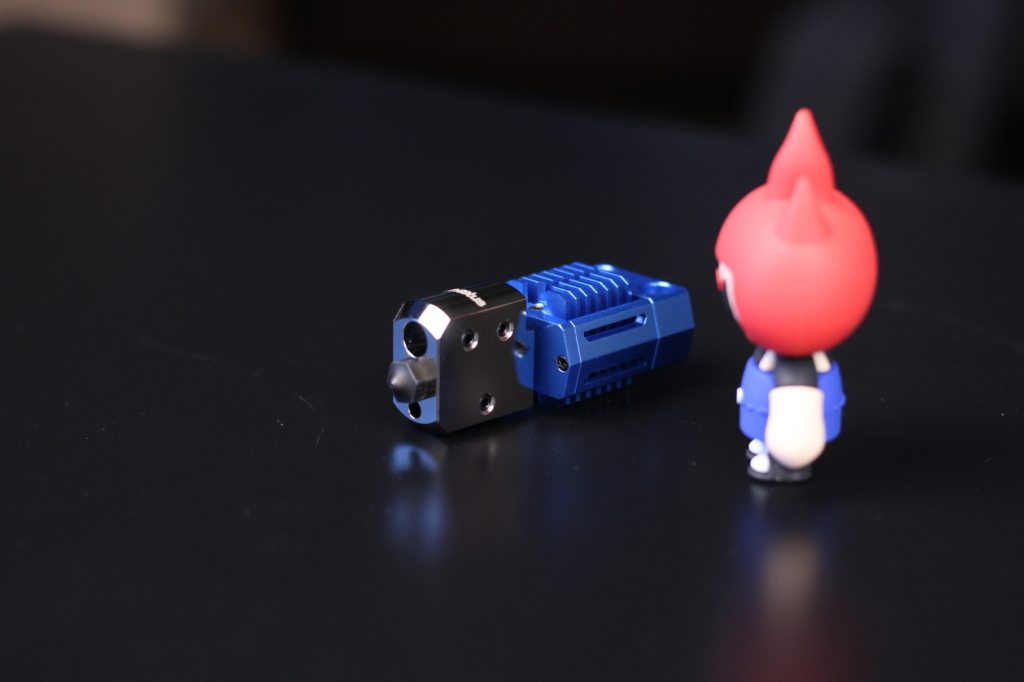
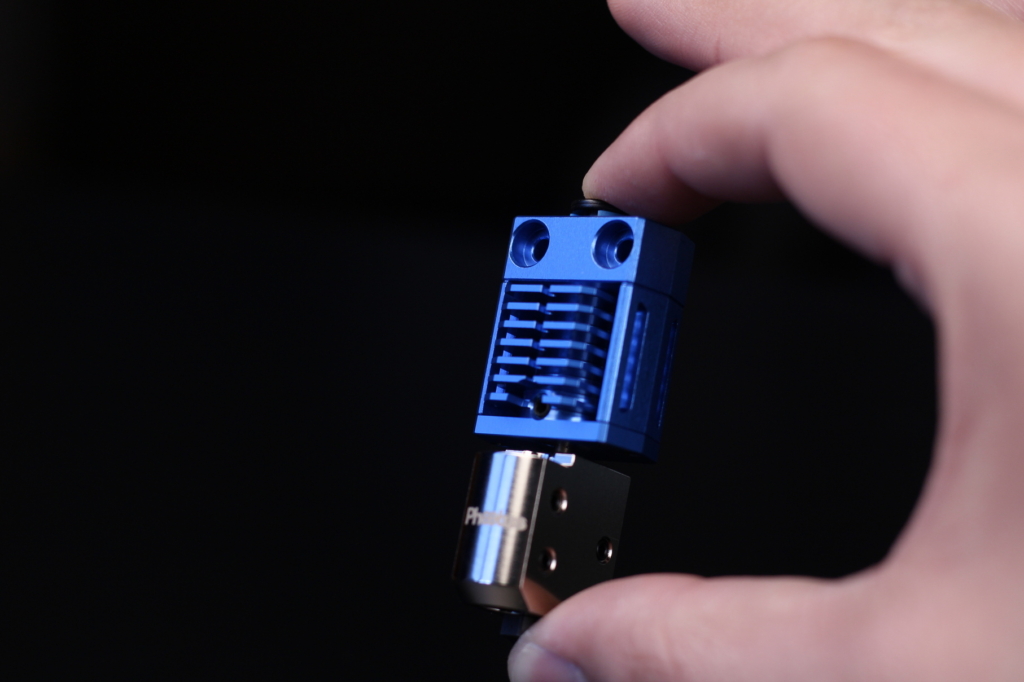
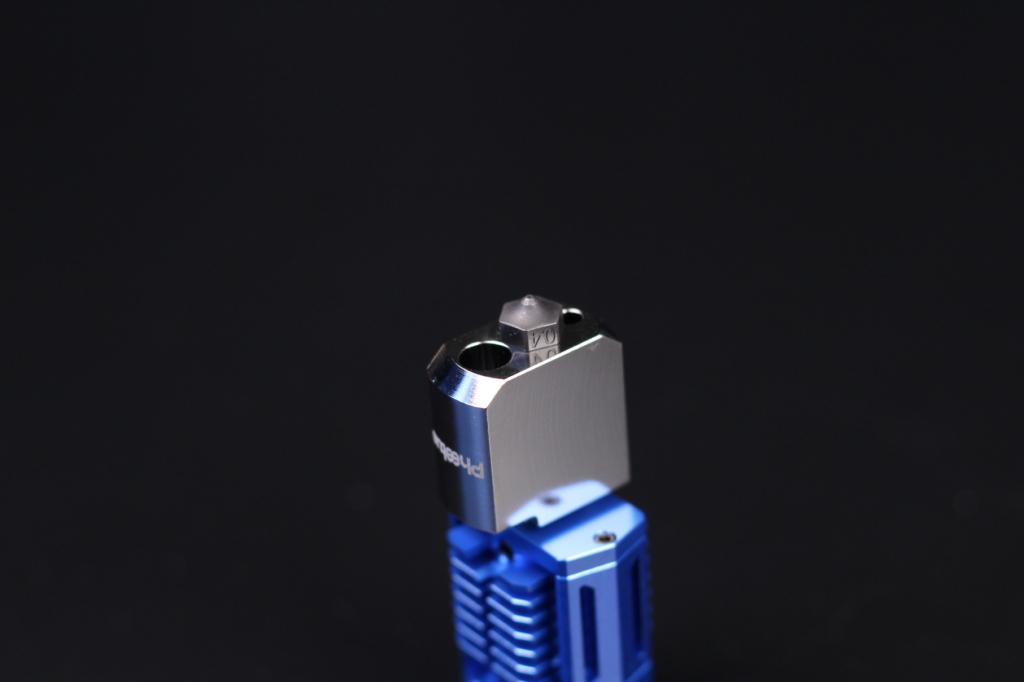
The Dragonfly HIC HF weighs 70 grams which is a bit on the heavier side, but that’s understandable considering the weight of the plated copper heatblock which is machined to perfection.
Proprietary nozzle design
The Phaetus HIC HF nozzle is longer compared to a regular Volcano nozzle and the heat break is integrated in the nozzle, meaning that you can’t use regular Volcano nozzles with the Dragonfly HIC HF. The good part about this nozzle is you won’t have any kind of issue with filament leaks, but the proprietary nozzles are more expensive compared to regular Volcano nozzles.

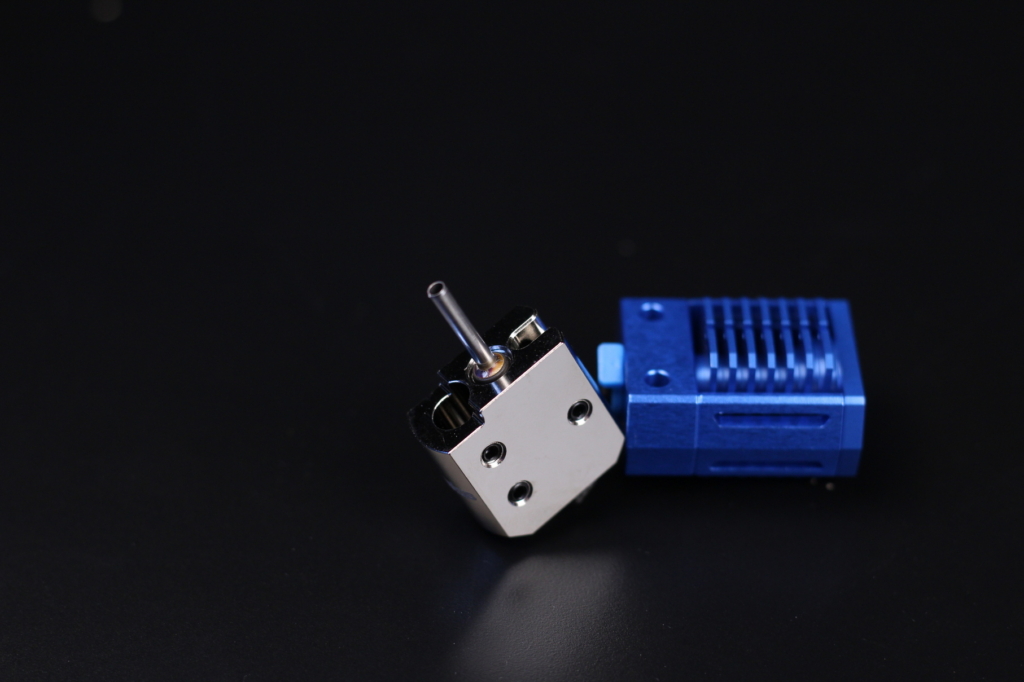
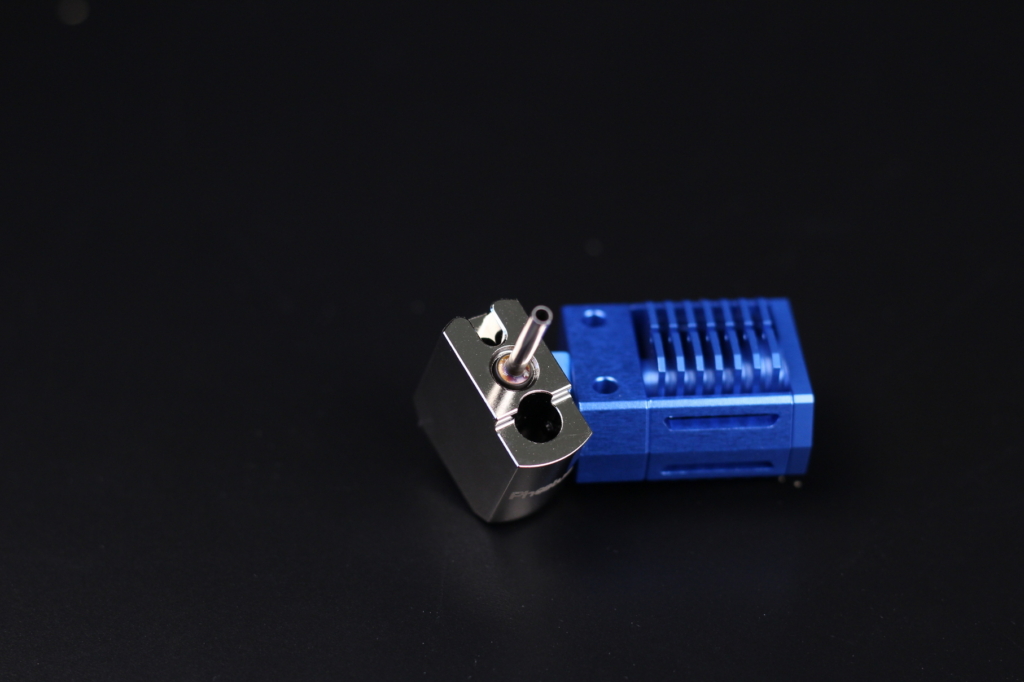
Another drawback about this hotend design is when you have to change the nozzle. You will have to unscrews the heat break locking screw and remove the whole heatblock. Then, the nozzle can be replaced, and everything can be installed back in place. This is a more convoluted way of changing the nozzle, compared to the Mosquito and Dragon hotends which have a single-hand nozzle change capability.
I also feel that the heatblock is missing some kind of bracing, which is only held in place by the thin heat break tube. Even after it’s tightened, the heat block can spin with a bit of force applied. Bracing the heater cartridge cable with a cable tie makes the setup more stable, but still not as rigid as I would like.
RatRig V-Core 3 and the Phaetus Dragonfly HIC HF
The Phaetus Dragonfly HIC HF is probably the highest flow rate hotend I have, so I decided to install it on the RatRig V-Core 3 which can benefit for a high flow hotend. Considering that the RatRig V-Core 3 can be easily used at ~200mm/s as a daily use speed, it’s only right to have a good HF hotend installed.
I used a mounting solution shared by TheMacBoy which works well with the EVA print head. As previously mentioned, I attached my 4010 cooling fan in a pull configuration, to draw cold air from the back of the hotend, and expel the warm air through the front of the printer.
Because of its size, I also needed to use the Volcano airduct for the EVA
Thermal Performance for the Phaetus Dragonfly HIC HF
I also tested the thermal performance for the Dragonfly HIC HF. I used my multimeter and a thermal probe which was sitting at a 10mm distance from the tip of the heatbreak tube (around the location of the locking screw) and was touching the side wall. These are the temperature results I got, using the Mellow Sunon 24V fan set to pull air away from the hotend heatsink.
| Hotend Temperature | Duration | Heatbreak Temperature |
| 200C | 10 minutes | 40C |
| 250C | 10 minutes | 46C |
| 280C | 10 minutes | 50C |
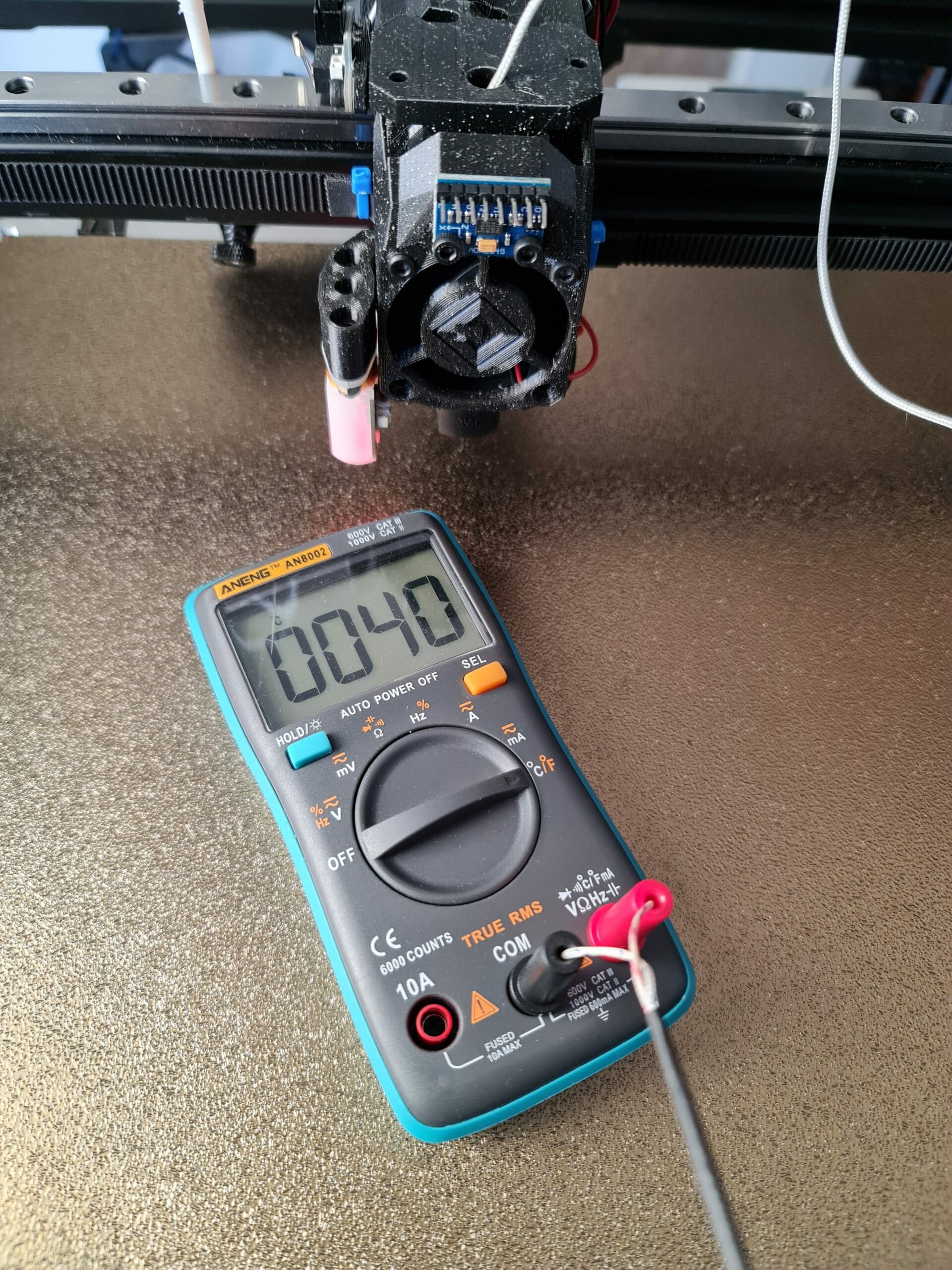


Test Prints with the Phaetus Dragonfly HIC HF
Prusa Mini brace
This Prusa Mini brace was printed in PETG at 200mm/s with a 0.3mm layer height. The whole print took around 1h and 30 minutes which is awesome. There’s quite a bit of ringing, and some external wall artifacts, but those are now fixed.

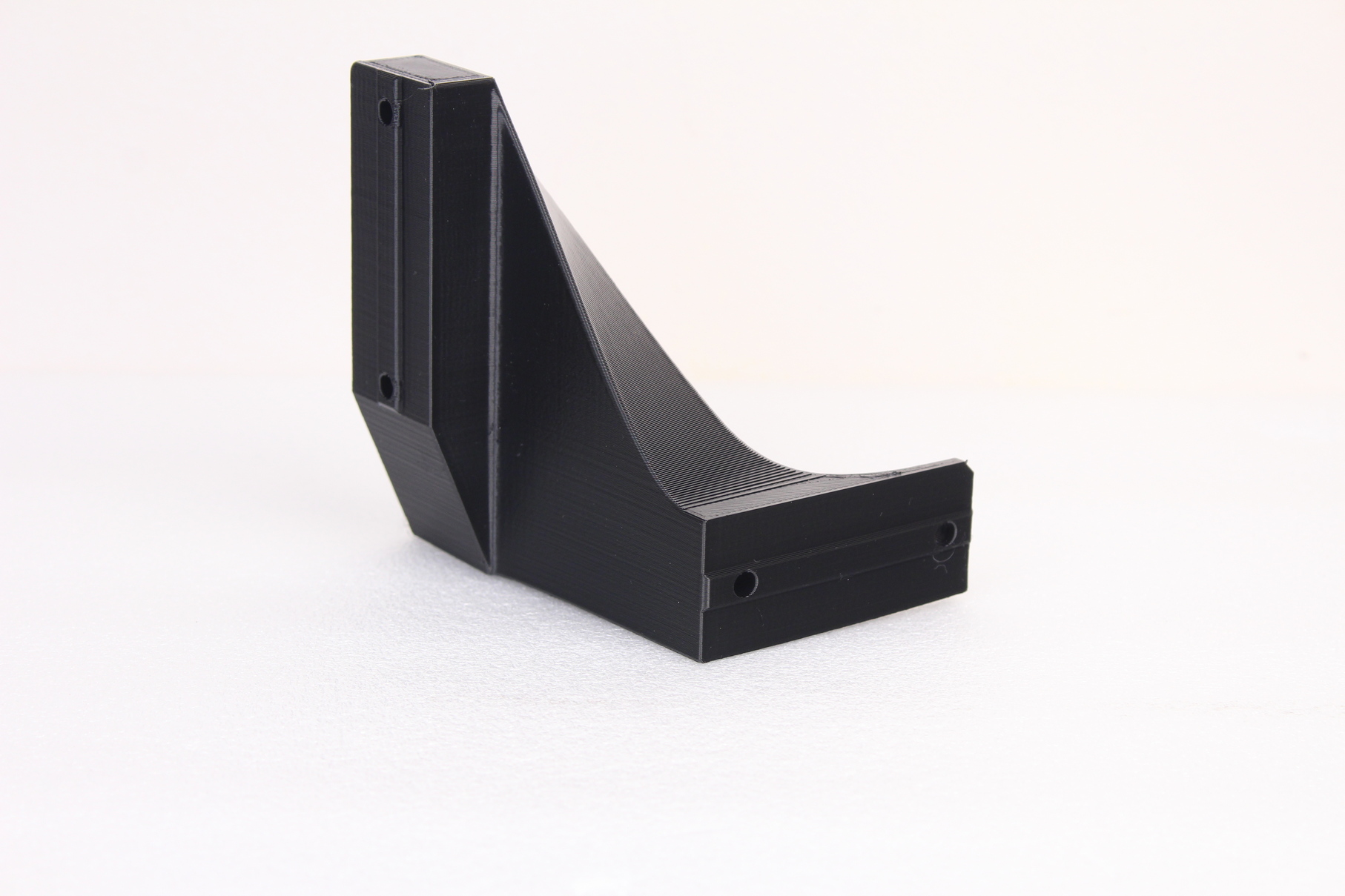
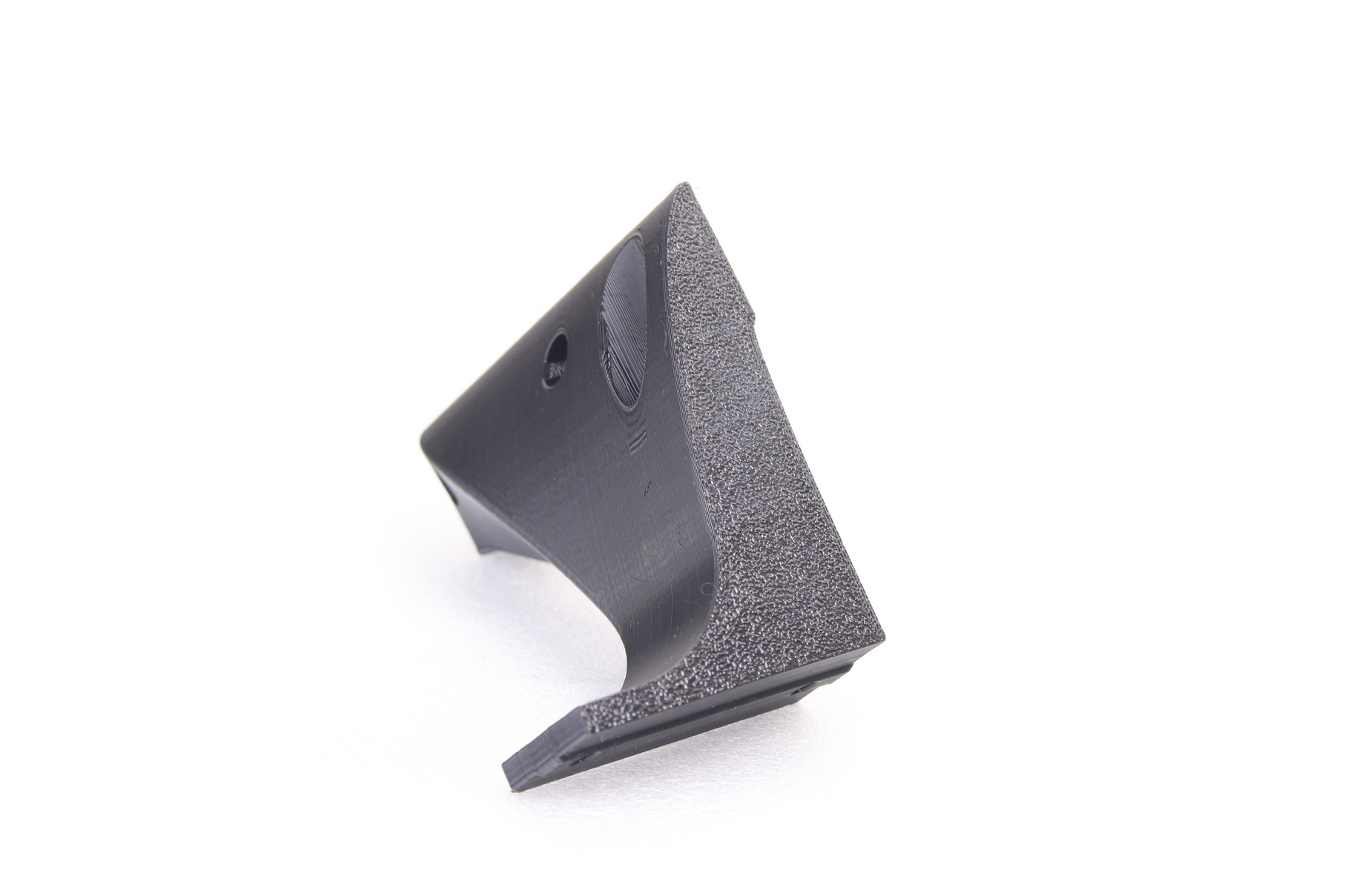

- Material: Devil Design Black PETG
- Layer Height: 0.3mm
- Nozzle Temperature: 235C
- Bed Temperature: 70C
- Print Speed: 200 mm/s
Worgen Bust
This bust from HeinoK1 was printed at 200mm/s with 150mm/s external layers, while keeping the acceleration at 6000.
I’m happy with the results, considering the speed it was printed at.


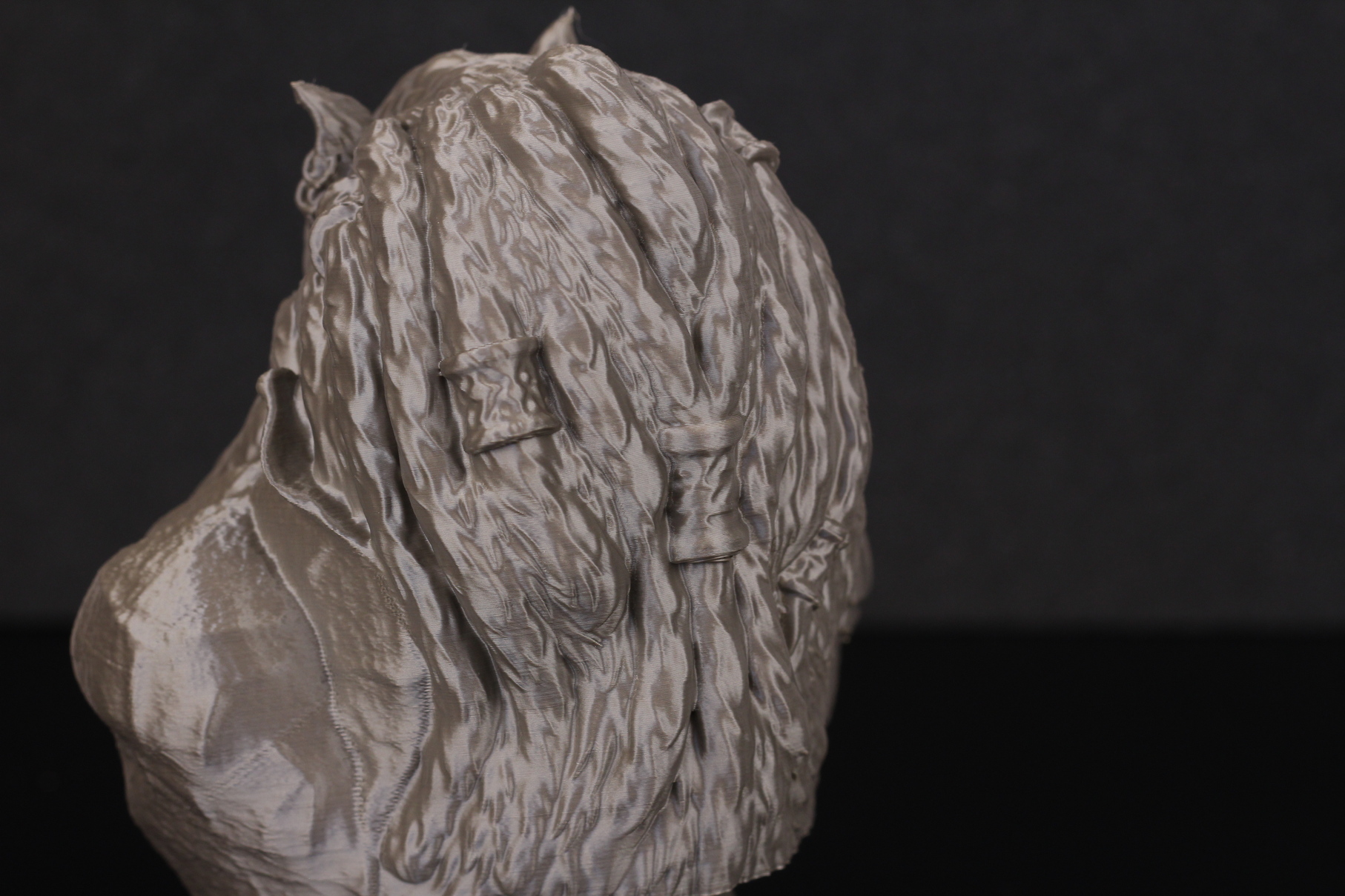
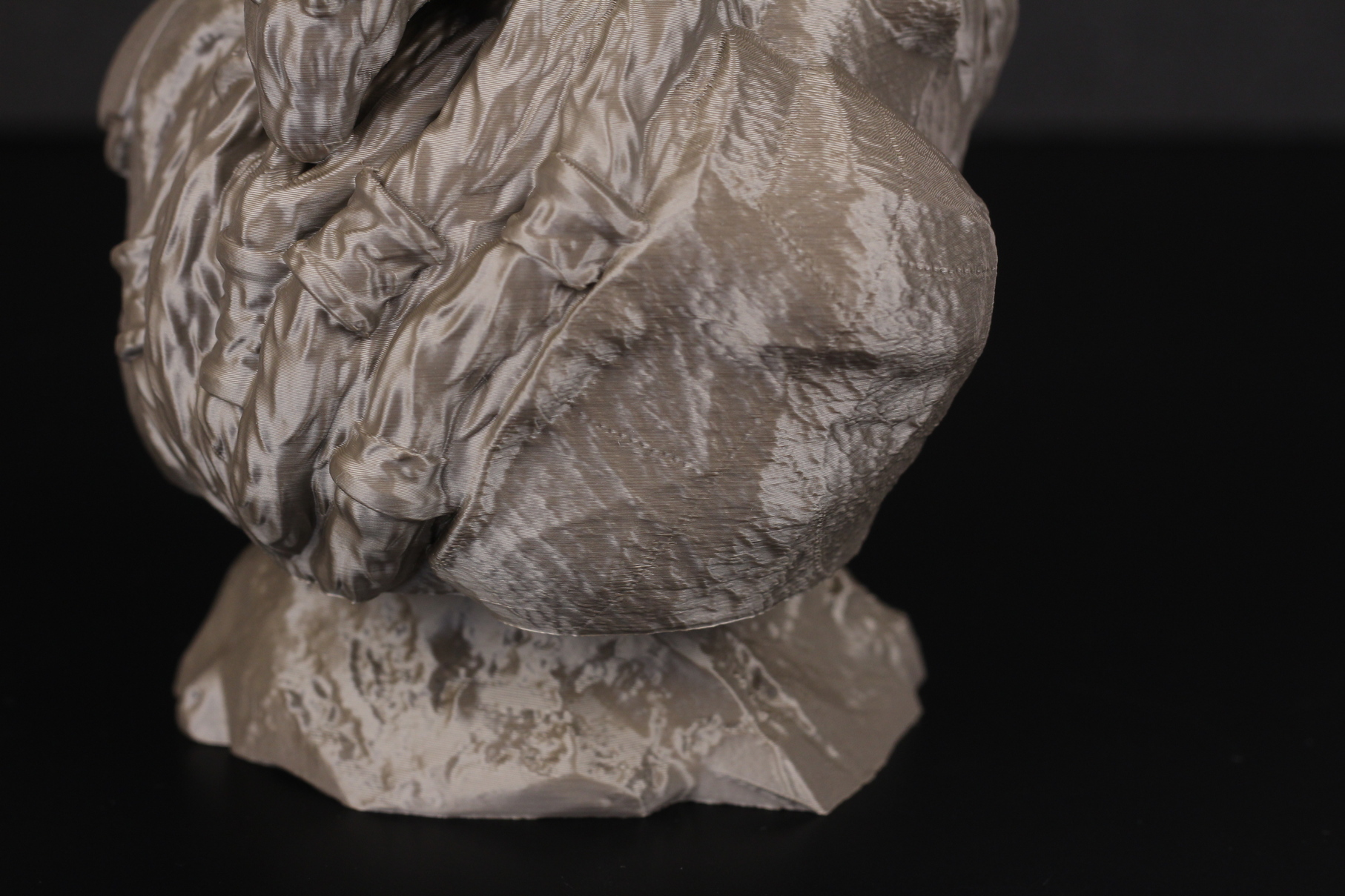
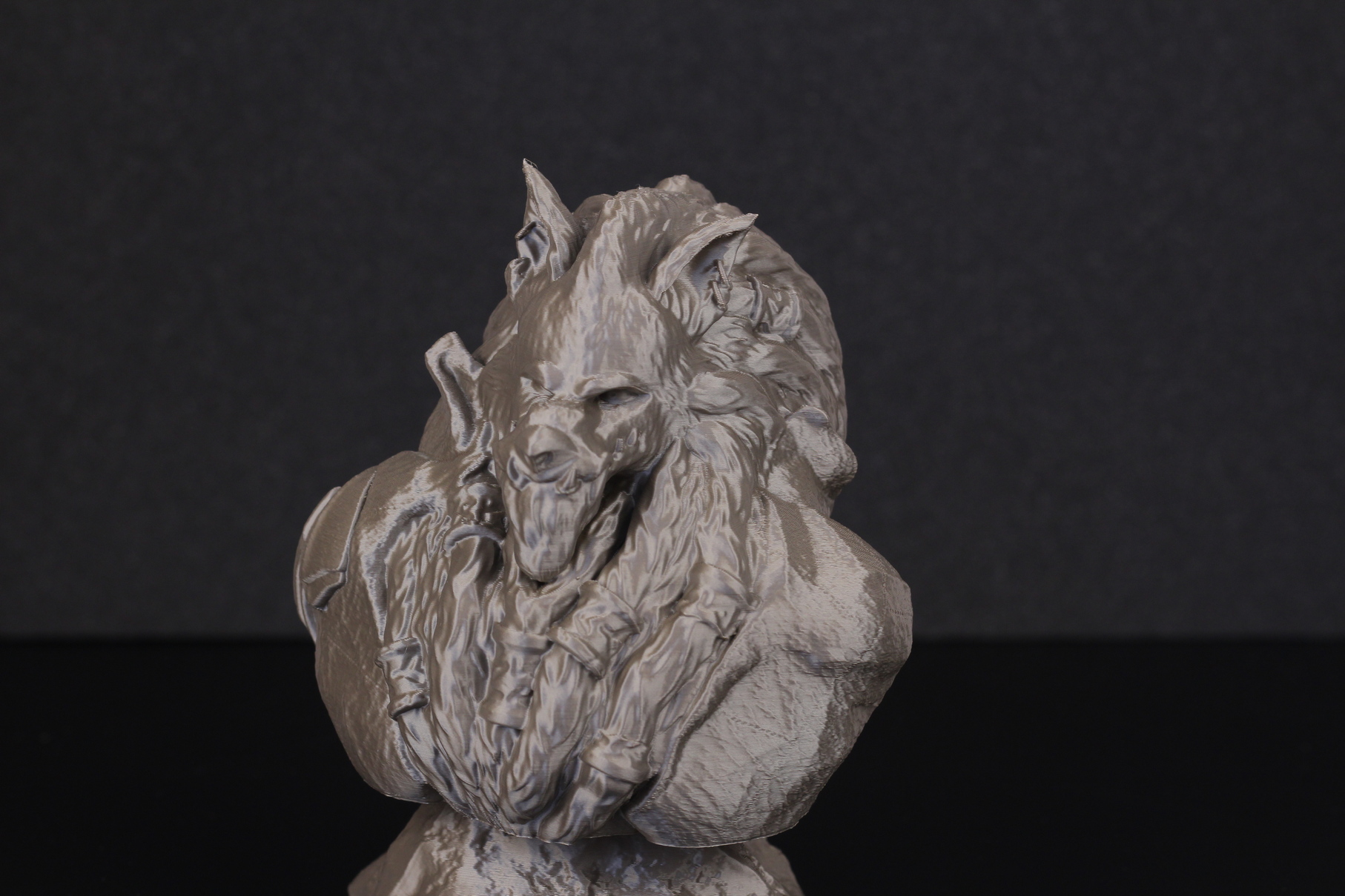
- Material: Gembird “gold” PLA
- Layer Height: 0.15mm
- Nozzle Temperature: 210C
- Bed Temperature: 60C
- Print Speed: 150 mm/s
Conclusions: Is the Phaetus Dragonfly HIC HF worth it?
The Phaetus Dragonfly HIC HF is a nice hotend. You can push a lot of filament through it and it performs well, but I don’t think I would recommend purchasing one.
My main issue with the Dragonfly HIC HF is the more expensive priprietary nozzles, which might be hard to find in the future. The current heat break locking mechanism doesn’t keep the heatblock perfectly rigid and there are not a lot of mounts available online for the HIC HF, to make it an easy upgrade.
For the price of the HIC HF, you could look for alternative hotends like the popular Phaetus Dragon HF, or even spend a bit more and get the Slice Engineering Mosquito High Flow.Both hotends should offer similar performance while also allowing one-handed nozzle changes which are much quicker compared to the HIC HF.
The Magnum+ is probably the ultimate monster when it comes to high-flow printing, but that’s also represented by it’s price tag.
The Phaetus Dragonfly HIC HF is a nice hotend, but there are better alternatives out there which are easier to use and offer more compatibility with various 3D printers.Phaetus Dragonfly HIC HF Rating
Design
Specs
Ease of use
Printing Performance
Price
Where to buy the Phaetus Dragonfly HIC HF?
The Phaetus Dragonfly HIC HF hotend can be purchased from the following websites:
The Phaetus Dragonfly HIC has been provided by Phaetus as a prize after I joined a Twitter giveaway. While the article contains affiliate links, all the opinions are my own. Nobody reviewed the article before it was posted, following the Review Guidelines.
Liked it?
|
|

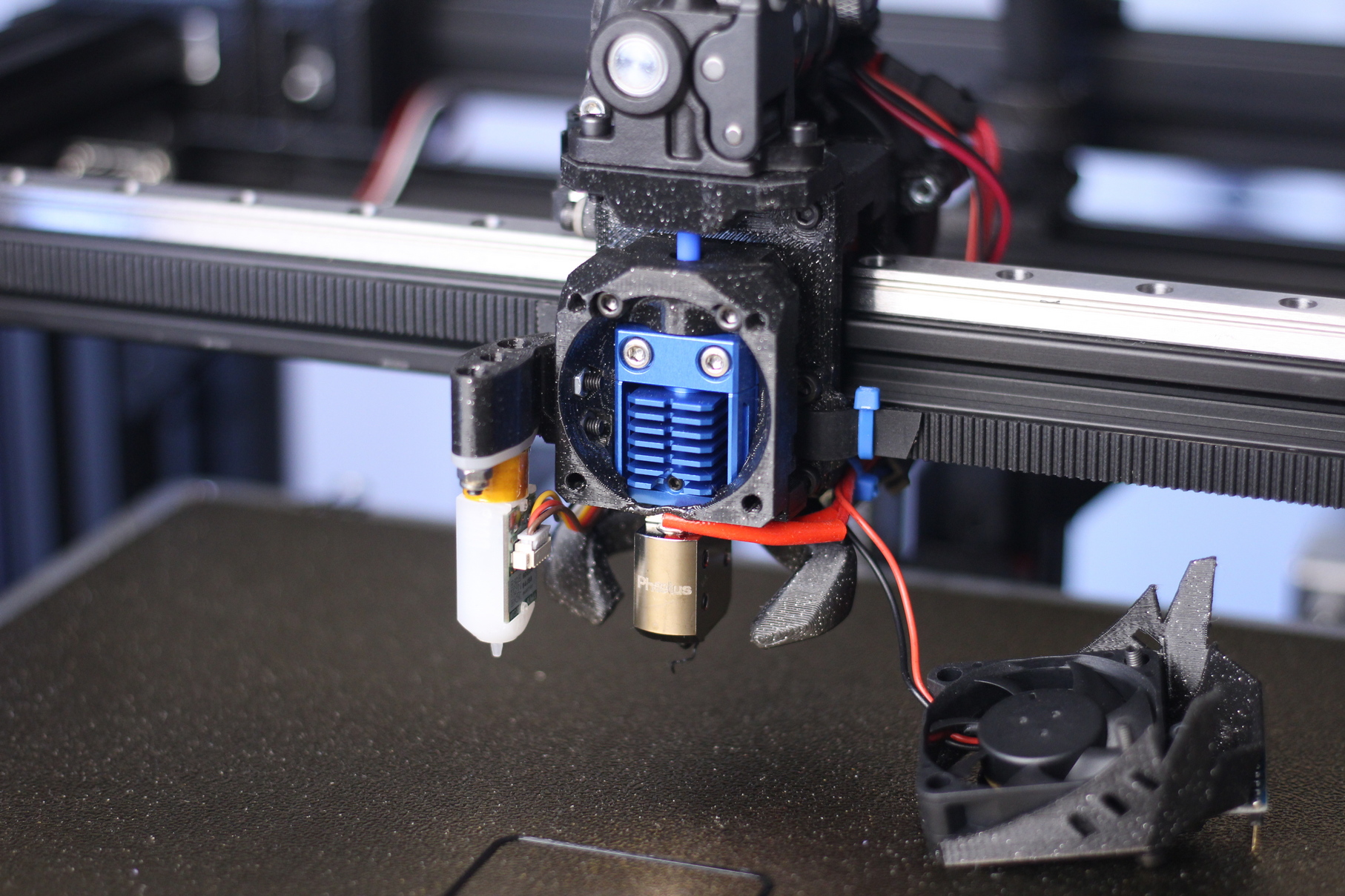


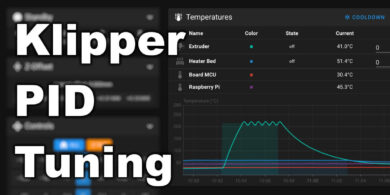

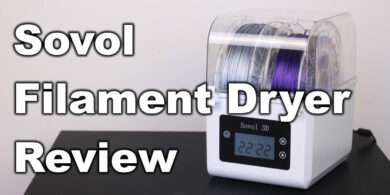
Can you please share me the cooling Duct for the Phaetus HIC HF hotend
I’d also be interested in the STL for ducting, if available.
“this video is private”
Seems like they removed the video…